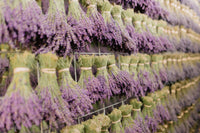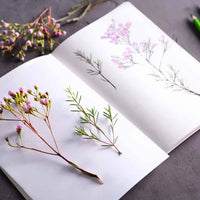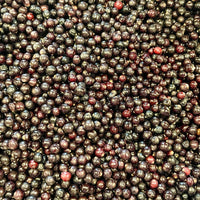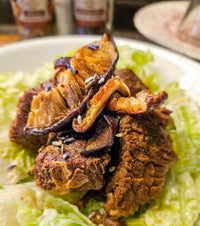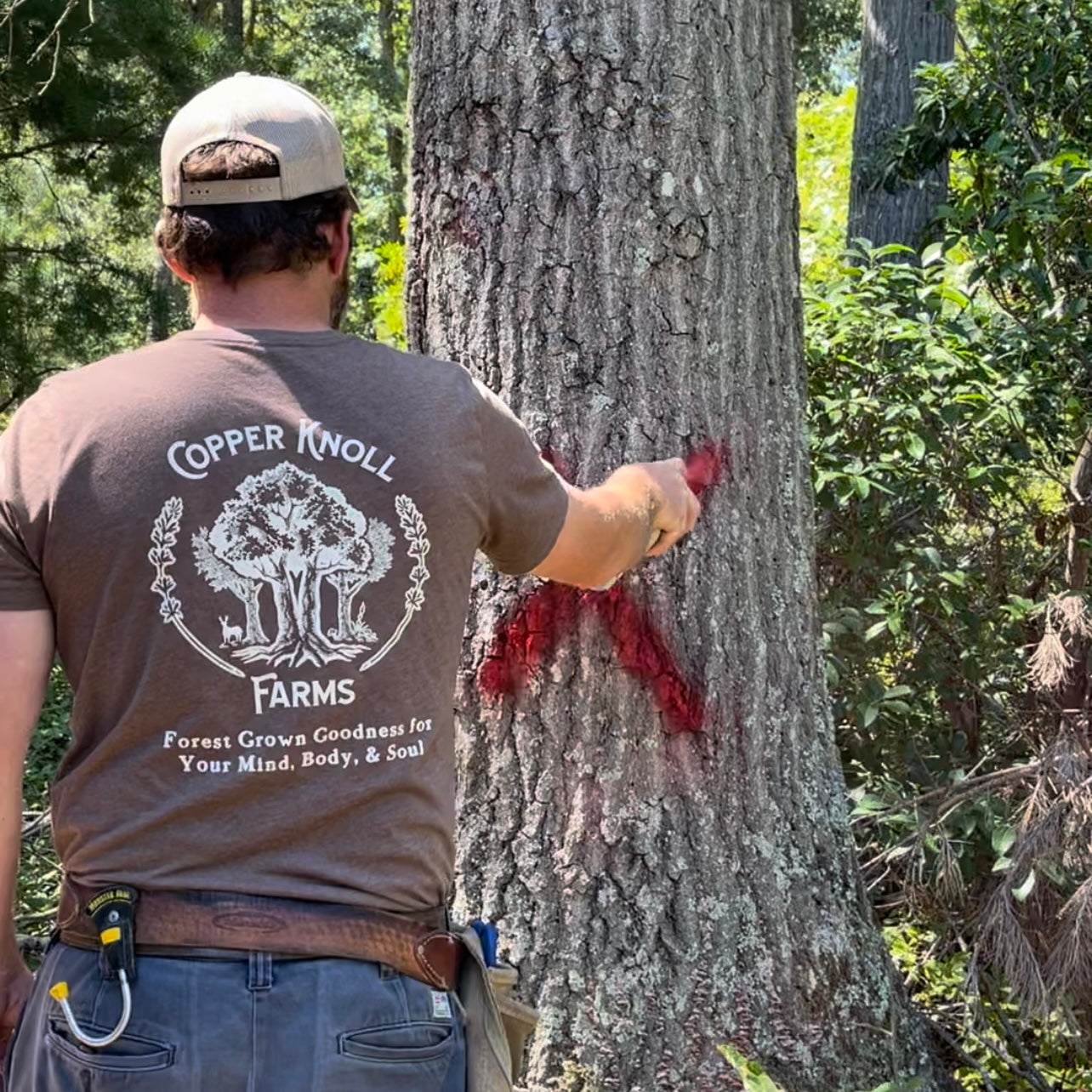As the seasons transition from summer to fall and most trees continue to flaunt their vibrant green leaves, it's the opportune time to turn our attention to standing dead timber. Identifying these trees now is a straightforward task, given the stark contrast against their living counterparts. This proactive approach not only aids in forest management but also contributes to the well-being of the ecosystem.
Signs of Distress: Deciphering Nature's Clues
To distinguish standing dead timber from the lively canopy, keep an eye out for telltale signs of stress and decay. The absence of leaves, missing bark, abnormal growths, or the haunting presence of missing branches are all indicators that a tree has reached the end of its life cycle. With the foliage still abundant in most areas, these characteristics become more conspicuous, simplifying the identification process.
Harvesting for Forest Health: A Sustainable Approach
Once identified, these standing dead trees present an opportunity for a sustainable harvest. Utilizing them for firewood or other purposes not only benefits individual households but also contributes to the overall health of the forest. By removing dead timber, you allow more sunlight to filter through, nurturing the growth of younger, healthier trees beneath the forest canopy.
Balancing Act: Leaving Snags for Wildlife Habitat
However, it's crucial to strike a balance between harvesting and preserving biodiversity. Leaving some snags, also known as standing dead trees, is essential for wildlife habitat. Birds and animals find shelter, nesting sites, and perches in these snags. A general guideline is to aim for 2-3 snags per acre, creating a harmonious environment that supports both forest health and biodiversity.
Marking for Winter Harvest: A Practical Approach
To streamline the winter harvest, marking the identified standing dead timber is a crucial step. Fluorescent marking tape or spray paint serves as a visible and effective way to identify the trees earmarked for harvest. This method not only ensures clarity during the harvest but also minimizes the impact on the surrounding environment.
Safety First: Timbering Caution and Professional Expertise
It's paramount to emphasize the inherent dangers of timbering trees. Understanding your limitations is crucial, and when in doubt, seeking the expertise of a professional is the safest course of action. Timbering involves inherent risks, and navigating these challenges requires a combination of skill, knowledge, and experience.
Expand Your Knowledge: Chainsaw Safety and Training
For those eager to delve deeper into the world of timbering trees and chainsaw safety, exploring resources like "The Game of Logging Training Chainsaw Safety Courses" is highly recommended. Education and training play a pivotal role in ensuring that timbering activities are conducted with the utmost safety and efficiency.
Marking standing dead timber is a conscientious step towards sustainable forest management. By identifying, harvesting, and preserving the delicate balance between utilization and conservation, we contribute to the vitality of our forests. Approach this task with a keen eye, prioritize safety, and let the cycle of forest life thrive under your mindful stewardship.






